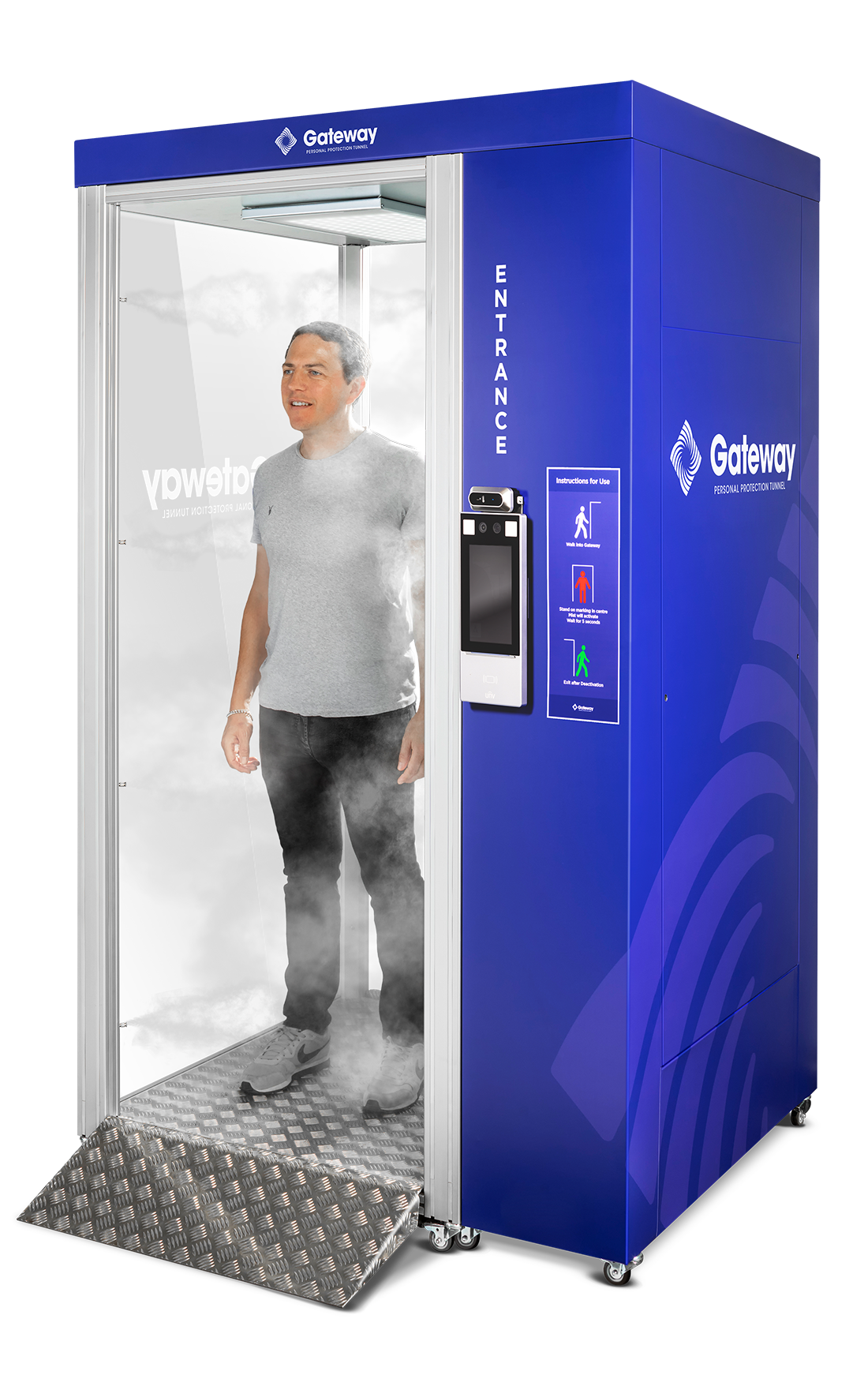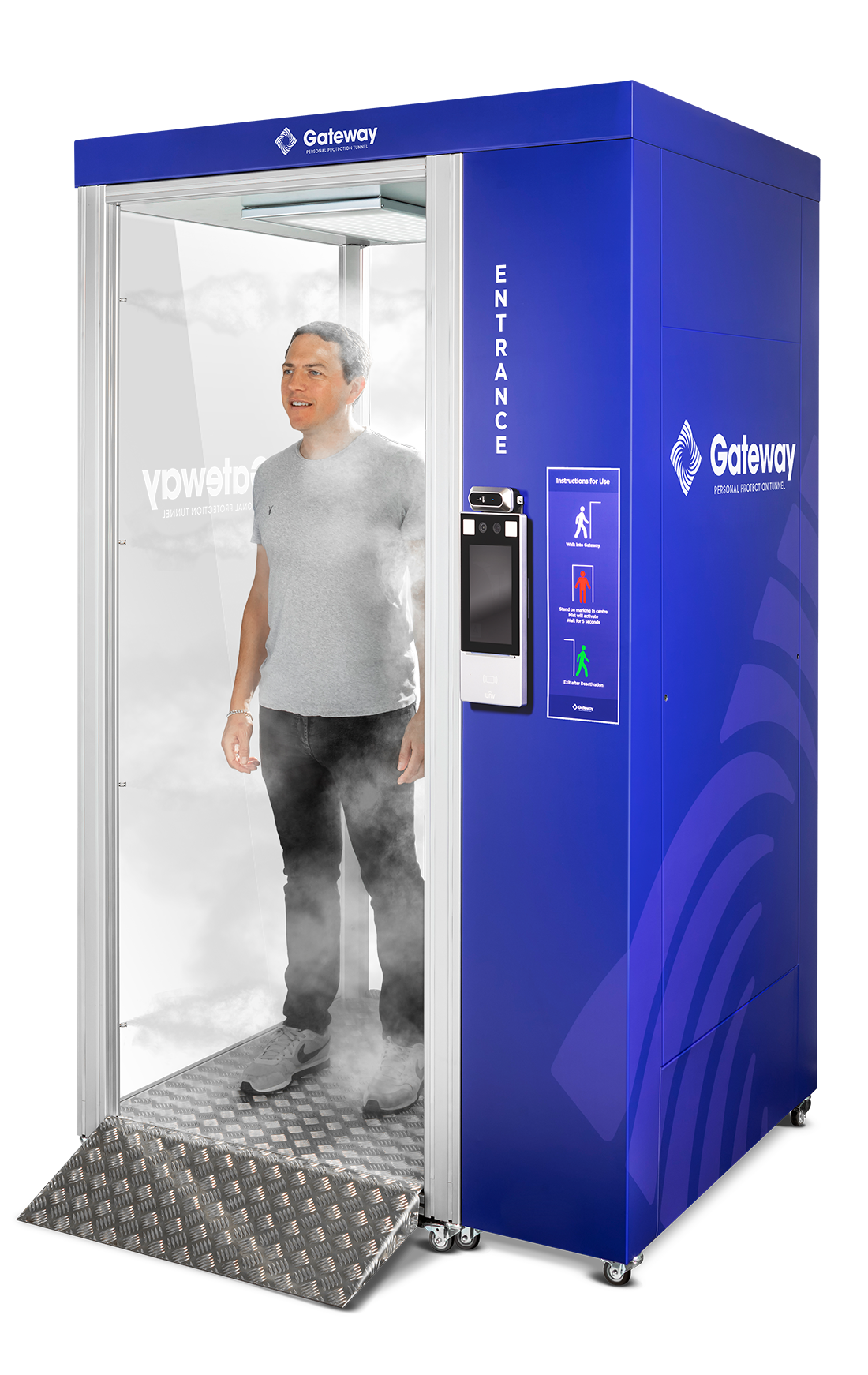What is Indoor Air Quality?
Why is indoor air quality so vitally important in 2021?
Here we look at what indoor air quality is and how improving it will help us beat COVID-19 transmission.
Simply put, Indoor Air Quality (IAQ) is the quality of air within a building. In particular, it is refer to when reviewing the health of the people who live or work there.
When we think about air quality, visions of smog or car exhaust fumes may spring to mind, but it’s just as important to understand the air quality inside buildings. By simply sitting at an office desk, you might be exposed to pollution, pollen, bacteria, viruses, fungus and airborne ceiling and carpet particles. This can affect concentration and performance, which is not only dangerous for employees but effects the company bottom line.
The quality of air we breathe plays a huge part in our health and well-being, so taking steps to improve indoor air quality enables us to address issues that might affect people’s health inside commercial and public buildings. This is especially important for those of us who live and work in big cities. Air quality in London is four times lower than the average European standard and inside London’s buildings air quality is, on average, 14 times lower than the European standard.
According to the World Health Organisation: “as people spend a considerable amount of time indoors, either at work or at home, indoor air quality plays a significant part in their general state of health.”

Four factors influence indoor air quality – the building’s occupants, a building’s HVAC (heating, ventilation and air conditioning) system, pollutant pathways and sources of contamination. Dampness, mould, chemicals, pollutants from fuel combustion indoors, cigarette smoke, building materials, carpets and furniture and outdoor air pollution all impact indoor air quality. If there isn’t enough ventilation in a building, pollutants can build up and cause serious health and comfort issues.
Improving indoor air quality to guard against COVID-19
There has also been a renewed focus on indoor air quality in the last year, since we now understand that keeping indoor air clean can reduce the chance of spreading COVID-19.
Transmission of COVID-19 mainly occurs indoors from the inhalation of airborne particles that contain the coronavirus. The World Green Building Council has even stated that enhancing indoor air quality “could be as effective in reducing aerosol transmission of viruses as vaccinating 50-60% of the population.”
The addition of ventilation to the government’s “hands, face, space” guidance illustrates an increasing awareness of its importance and fresh air has been cited as the “forgotten weapon” in the fight against COVID-19. Of course, opening windows and letting in fresh air each day is possible at home, but often just isn’t possible in all commercial buildings, especially larger ones, so organisations must renew their focus to adapting their buildings to ensure they have efficient ventilation systems.
Researchers found that “where infected and healthy people may be indoors for a long period of time, it is essential to have a constant supply of fresh air either through an air conditioning system or through adequate ventilation. When it is not possible to ventilate the room sufficiently, air purifiers may also be helpful in reducing the concentration of viruses in the room.” The Centers for Disease Control and Prevention’s journal, Emerging Infectious Diseases, looked at the spread of COVID-19 in a call centre in South Korea in March 2020. The authors concluded that the “magnitude of the outbreak illustrates how a high-density work environment can become a high-risk site for the spread of COVID-19 and potentially a source of further transmission.”
Air purification units improve the quality of air in buildings using highly effective filters that help to improve indoor air quality, reduce infection rates indoors, deactivate 99.97% of viruses including COVID-19, all while protecting tenants and visitors. They also remove the pollutants mentioned above, such as pollen or airborne carpet particles.
To safeguard our employees, Conditioned Environment has used its expertise at our 4,000 square-foot office in London’s West End to clean the air by installing air purification units that change the air five times an hour.
Creating healthy work environments is at the heart of what Conditioned Environment does. We will continue to work with clients to ensure their offices and public spaces are as safe as possible.
If you have any questions about improving indoor air quality, please get in touch by calling 020 8453 1010 or email us at
Further reading:
The airborne transmission of COVID-19 and what it means for indoor environments
Modelling research suggests an 80% increase in exposure to coronavirus droplets in busy offices
Why we support the Clean Air Day campaign




